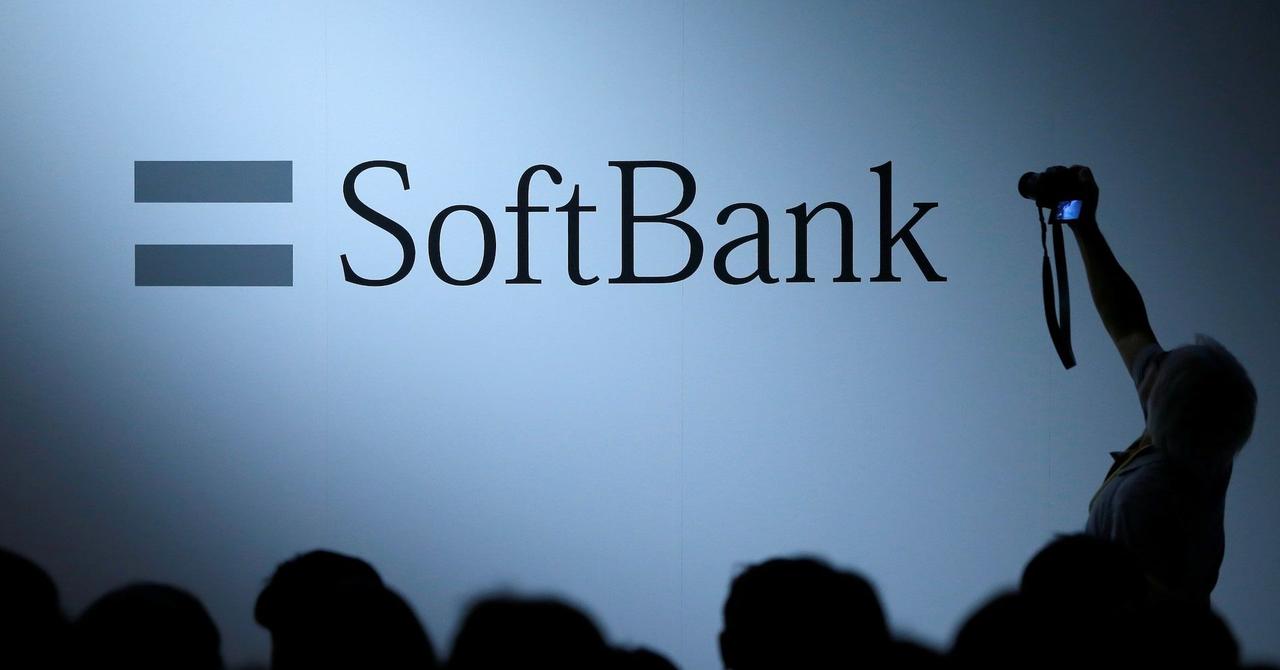Former Google CEO Eric Schmidt Advocates for AI-Powered Drones to Replace Tanks in US Military
3 Sources
3 Sources
[1]
Eric Schmidt: US Army should swap tanks for AI drones
And what do you know, Google's former CEO just so happens to have a commercial solution Former Google chief Eric Schmidt thinks the US Army should expunge "useless" tanks and replace them with AI-powered drones instead. Speaking at the Future Investment Initiative in Saudi Arabia this week, he said: "I read somewhere that the US had thousands and thousands of tanks stored somewhere," adding, "Give them away. Buy a drone instead." Did we mention that Schmidt is the founder of a startup called White Stork that aims to develop AI-driven attack drones? The former Google supremo's argument is that recent conflicts, such as the war in Ukraine, have demonstrated how "a $5,000 drone can destroy a $5 million tank." In fact, even cheaper drones, similar to those commercially available for consumers, have been shown in footage on social media dropping grenades through the open turret hatch of tanks. Schmidt, who was CEO of Google from 2001 to 2011, then executive chairman to 2015, and executive chairman of Alphabet to 2018, founded White Stork with the aim of supporting Ukraine's war effort. It hopes to achieve this by developing a low-cost drone that can use AI to acquire its target rather than being guided by an operator and can function in environments where GPS jamming is in operation. Notably, Schmidt also served as chair of the US government's National Security Commission on Artificial Intelligence (NSCAI), which advised the President and Congress about national security and defense issues with regard to AI. Questions were being raised about the viability of modern battle tanks before the Ukraine war started, but with the Russian armed forces losing an estimated 3,000 in the first 24 months of the fighting, some military experts think the era of tank warfare is over. However, both Russia and Ukraine have yet to ditch their tanks, with the latter country continuing to ask for Western hardware to help in its fight. The UK is also spending £800 million (about $1 billion) to upgrade its aging Challenger 2 battle tanks to Challenger 3, which comes with a completely new turret and gun, among other enhancements. Many modern tanks also sport active protection systems (APS) such as Trophy, which can detect incoming threats and typically launch explosive projectiles to intercept them before they reach the tank. Various other potential countermeasures are said to be in development, including laser dazzlers to blind the drone's sensors. Despite what Schmidt suggests, the US Army isn't expected to mothball its thousands of M1 Abrams in favor of drones just yet. Instead, it is likely to consider deploying both when called upon at some point. "The cost of autonomy is falling so quickly that the drone war, which is the future of conflict, will get rid of eventually tanks, artillery, mortars," Schmidt predicted. ®
[2]
Ex-Google CEO Schmidt Urges US Army to Replace Tanks with Drones
Google's former chief executive officer Eric Schmidt is urging the US military to replace its fleets of "useless" tanks with drones powered by artificial intelligence. "I read somewhere that the US had thousands and thousands of tanks stored somewhere," he told the Future Investment Initiative in Saudi Arabia on Wednesday. "Give them away. Buy a drone instead."
[3]
Ex-Google CEO says US military should ditch tanks in favor of these...
Eric Schmidt, the billionaire investor and former CEO of Google, said it's time for the US military to do away with tanks, artillery and mortars in favor of aerial drones similar to the ones that he is building to help Ukraine. "I read somewhere that the US had thousands and thousands of tanks stored somewhere," he told the Future Investment Initiative in Saudi Arabia on Wednesday. Schmidt is listed by Bloomberg Billionaires Index as the 51st richest person in the world with a fortune valued at $33.3 billion as of Wednesday. The former Google boss said that the Russia-Ukraine war has shown how "a $5,000 drone can destroy a $5 million tank." Earlier this year, Forbes reported that Schmidt is the founder of White Stork, a military startup that is building a "kamikaze drone" which is designed to loiter on the battlefield before being dispatched to destroy its target. "White Stork" is also a reference to a species of bird that is commonly found in Ukraine, where Schmidt has taken on a significant role in helping the country's defense efforts to repel the Russian invasion. The company has been developing a mass-producible drone that uses artificial intelligence to zero in on a target even in environments were communications have been interrupted by GPS jamming, according to Forbes. In July of last year, Schmidt penned an op-ed for the Wall Street Journal touting drones as "the future of war. According to Schmidt, Ukrainian forces have "succeeded" because of their deployment of drones -- this despite the fact that Russia has a 3-to-1 advantage in soldiers as well as air superiority. While Ukraine has incurred heavy losses, it "has continually out-innovated the enemy." Schmidt served as Google's CEO from 2001 to 2011, a time of rapid growth for the California-based technology company. He later became executive chairman for Google, and in 2015, for its new parent company, Alphabet, before resigning as chairman in 2018.
Share
Share
Copy Link
Eric Schmidt, ex-Google CEO, urges the US Army to replace traditional tanks with AI-driven drones, citing cost-effectiveness and recent warfare trends. This proposal aligns with his involvement in a drone startup, raising questions about the future of military technology.

Eric Schmidt's Call for Military Modernization
Eric Schmidt, former Google CEO and current founder of military startup White Stork, has ignited a debate on the future of warfare by advocating for the replacement of traditional tanks with AI-powered drones in the US Army. Speaking at the Future Investment Initiative in Saudi Arabia, Schmidt argued that recent conflicts, particularly the war in Ukraine, have demonstrated the obsolescence of tanks in modern warfare
1
2
.The Case Against Tanks
Schmidt's primary argument centers on the cost-effectiveness and tactical advantages of drones over tanks. He stated, "a $5,000 drone can destroy a $5 million tank," highlighting the disproportionate cost-benefit ratio
1
3
. The ex-Google boss cited examples from the Ukraine conflict, where even consumer-grade drones have been effectively used to neutralize tanks by dropping grenades through open turret hatches1
.The Rise of AI-Driven Drones
At the heart of Schmidt's proposal is the development of AI-powered drones that can operate autonomously, even in GPS-denied environments. His startup, White Stork, is working on such technology, aiming to create low-cost drones that can acquire targets without human guidance
1
3
. This aligns with Schmidt's vision of the "drone war" as the future of conflict, potentially rendering tanks, artillery, and mortars obsolete1
.Military Expertise and Potential Conflicts of Interest
Schmidt's background lends weight to his opinions on military technology. He previously served as chair of the US government's National Security Commission on Artificial Intelligence, advising on AI-related defense issues
1
. However, his current role as founder of White Stork, which aims to develop AI-driven attack drones, raises questions about potential conflicts of interest in his advocacy for drone warfare1
3
.Current Military Stance and Counterarguments
Despite Schmidt's push for change, the US Army and other military forces are not yet ready to abandon tanks entirely. The UK, for instance, is investing £800 million in upgrading its Challenger 2 battle tanks
1
. Modern tanks are also being equipped with active protection systems like Trophy, designed to intercept incoming threats, and other countermeasures against drones are in development1
.Related Stories
The Ongoing Debate
The viability of tanks in modern warfare was already under scrutiny before the Ukraine conflict, with Russia reportedly losing an estimated 3,000 tanks in the first 24 months of fighting
1
. However, both Russia and Ukraine continue to use tanks, with Ukraine still requesting Western tank support1
. This ongoing reliance on traditional armored vehicles suggests that the transition to drone-centric warfare may not be as imminent as Schmidt proposes.Implications for Military Strategy and Technology
Schmidt's vision of replacing tanks with AI-powered drones represents a significant shift in military thinking. If implemented, it could revolutionize battlefield tactics, logistics, and defense budgets. However, it also raises concerns about the ethical implications of autonomous weapons and the potential for AI-driven warfare to escalate conflicts more rapidly than human-controlled systems
1
2
3
.References
Summarized by
Navi
[1]
Related Stories
Former Google CEO Eric Schmidt Warns of AI Risks, Advocates for Unplugging Capability
17 Dec 2024•Technology

Former Google CEO Eric Schmidt Warns of AI Misuse by Rogue States and Terrorists
13 Feb 2025•Technology

Former Google CEO Warns Against AI 'Manhattan Project', Proposes 'Mutual Assured AI Malfunction' Strategy
07 Mar 2025•Policy and Regulation

Recent Highlights
1
Meta acquires Manus for $2 billion, adding revenue-generating AI agents to its platforms
Business and Economy

2
Nvidia locks in $20 billion Groq deal, securing AI chip rival's technology and talent
Business and Economy

3
Geoffrey Hinton warns AI job replacement will accelerate in 2026 as systems gain new capabilities
Technology





